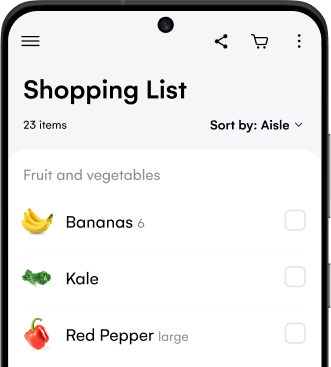A cast iron skillet is an essential kitchen tool. Whether you’re searing a steak, baking cornbread, or sautéing vegetables, cast iron skillets offer versatility and durability. However, caring for your cast iron skillet properly is crucial to maintaining its non-stick surface and preventing rust. We’ll show how to clean a cast iron skillet, how to wash a cast iron skillet, and most importantly, how to season a cast iron skillet to ensure it lasts a lifetime.

How to Clean a Cast Iron Skillet
Cleaning a cast iron skillet can be intimidating, especially if you’re used to regular non-stick pans. But don’t worry—it’s simpler than you think! Follow these steps to properly clean your skillet without damaging it:
- Let the skillet cool down: After cooking, allow your cast iron skillet to cool before cleaning. Cleaning it while it’s hot can cause thermal shock, leading to cracks.
- Rinse with hot water: Use warm or hot water to rinse off any food particles. Avoid using soap, as this can strip away the natural seasoning that gives your skillet its non-stick surface.
- Scrub with a brush: For tough, stuck-on food, use a stiff brush or a non-abrasive scrubber. Avoid metal scrubbers, as they can scratch the surface.
- Use salt for stubborn grime: If there are still food remnants, sprinkle a tablespoon of coarse salt into the skillet, add a bit of water, and scrub it around. Salt acts as a mild abrasive without damaging the skillet.
- Dry thoroughly: After washing, be sure to dry your skillet completely to prevent rusting. You can towel-dry it or place it on low heat for a few minutes to evaporate the remaining moisture.
How to Wash a Cast Iron Skillet
One common question people have is whether washing a cast iron skillet with soap is acceptable. While traditional wisdom advises against it, modern cast iron care allows for occasional use of mild soap. However, it’s still important to avoid using harsh dishwashing detergents.To wash your cast iron skillet:
- Use mild soap sparingly: If you must use soap, ensure it’s mild. Use a sponge or soft cloth to wash the skillet gently.
- Rinse and dry immediately: After using soap, rinse the skillet thoroughly with hot water and dry it right away. Soap can break down the seasoning layer, but as long as it’s re-seasoned after cleaning, your skillet will remain in good condition.
- Re-season if needed: If you’ve used soap or noticed that your skillet looks dull, it’s time to re-season it (more on that below).

How to Season a Cast Iron Skillet
The seasoning of your cast iron skillet is what gives it its non-stick properties and helps prevent rust. Here’s how to season a cast iron skillet properly:
- Preheat your oven: Set your oven to 375°F (190°C) and allow it to fully preheat.
- Apply a thin layer of oil: After cleaning your skillet, apply a small amount of vegetable oil, flaxseed oil, or any oil with a high smoke point. Use a paper towel to spread a very thin, even layer across the entire surface of the skillet, including the handle and the bottom.
- Bake the skillet upside down: Place your skillet upside down in the oven, with a baking sheet or foil on the rack below to catch any oil drips. Bake it for one hour.
- Let it cool: After baking, allow the skillet to cool completely in the oven before removing it. This process bonds the oil to the iron, creating a durable, non-stick surface.
- Repeat if necessary: If your skillet is brand new or the surface still looks patchy, you can repeat the seasoning process a few more times.
Why Seasoning and Proper Cleaning Matter
Without proper care, a cast iron skillet can rust, lose its non-stick properties, and even crack. Seasoning is the layer of oil that has been polymerized onto the surface through heating, and it’s key to maintaining the skillet’s function. In addition to seasoning, keeping the skillet dry and clean after each use will prevent rust from forming. Never leave your cast iron skillet soaking in water or let it air dry—both will lead to rust, which is difficult to remove once set.
Create your own recipes from scratch

Final Thoughts
Taking care of your cast iron skillet doesn’t need to be daunting. With the right approach to cleaning, washing, and seasoning, your skillet will serve you well for years, if not generations, to come. Follow the simple steps outlined here, and you’ll enjoy a non-stick, rust-free skillet that’s always ready for your next culinary creation.Whether you’re a cast iron beginner or a seasoned pro, mastering the basics of cast iron care is a must for every home cook. Happy cooking!
